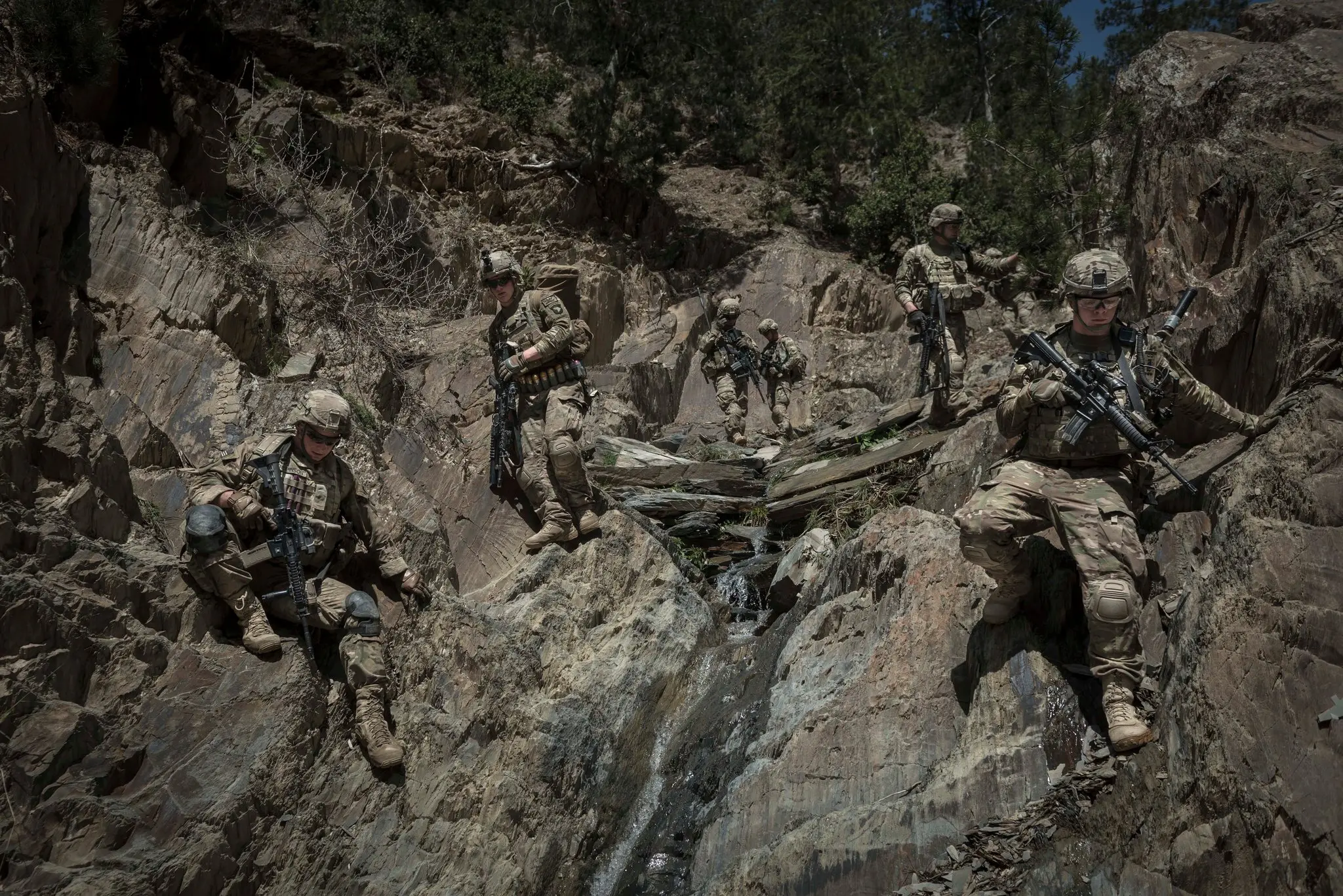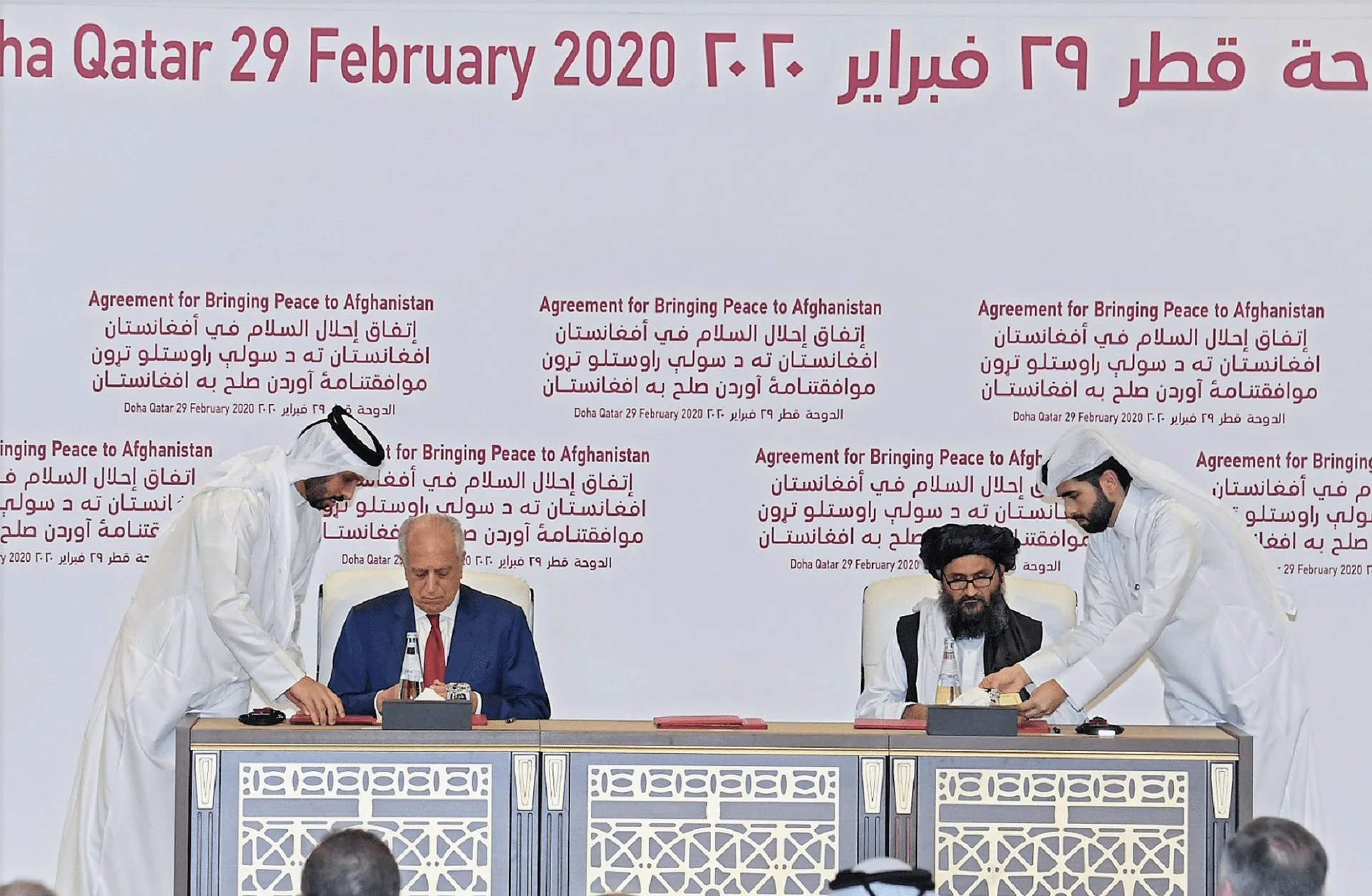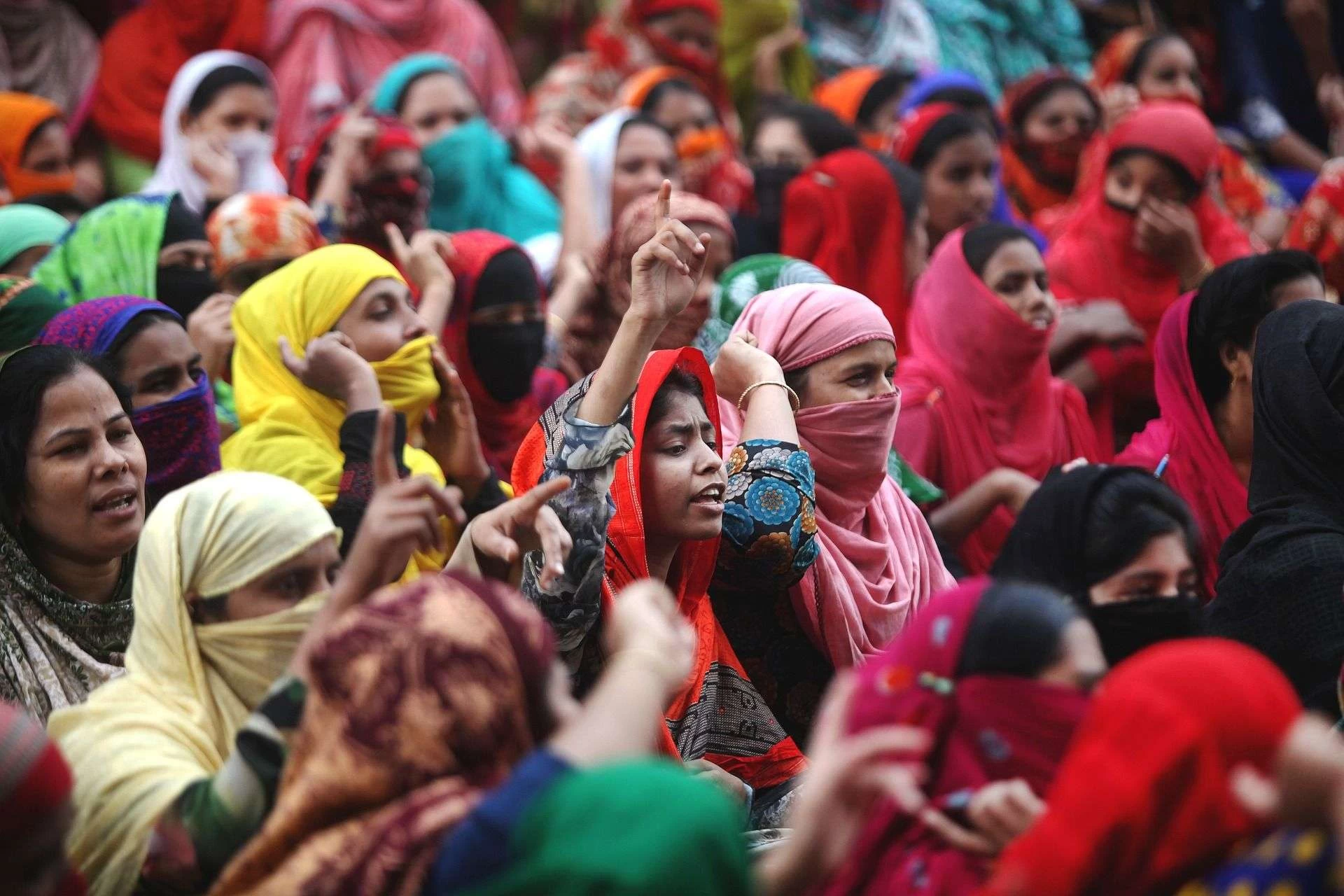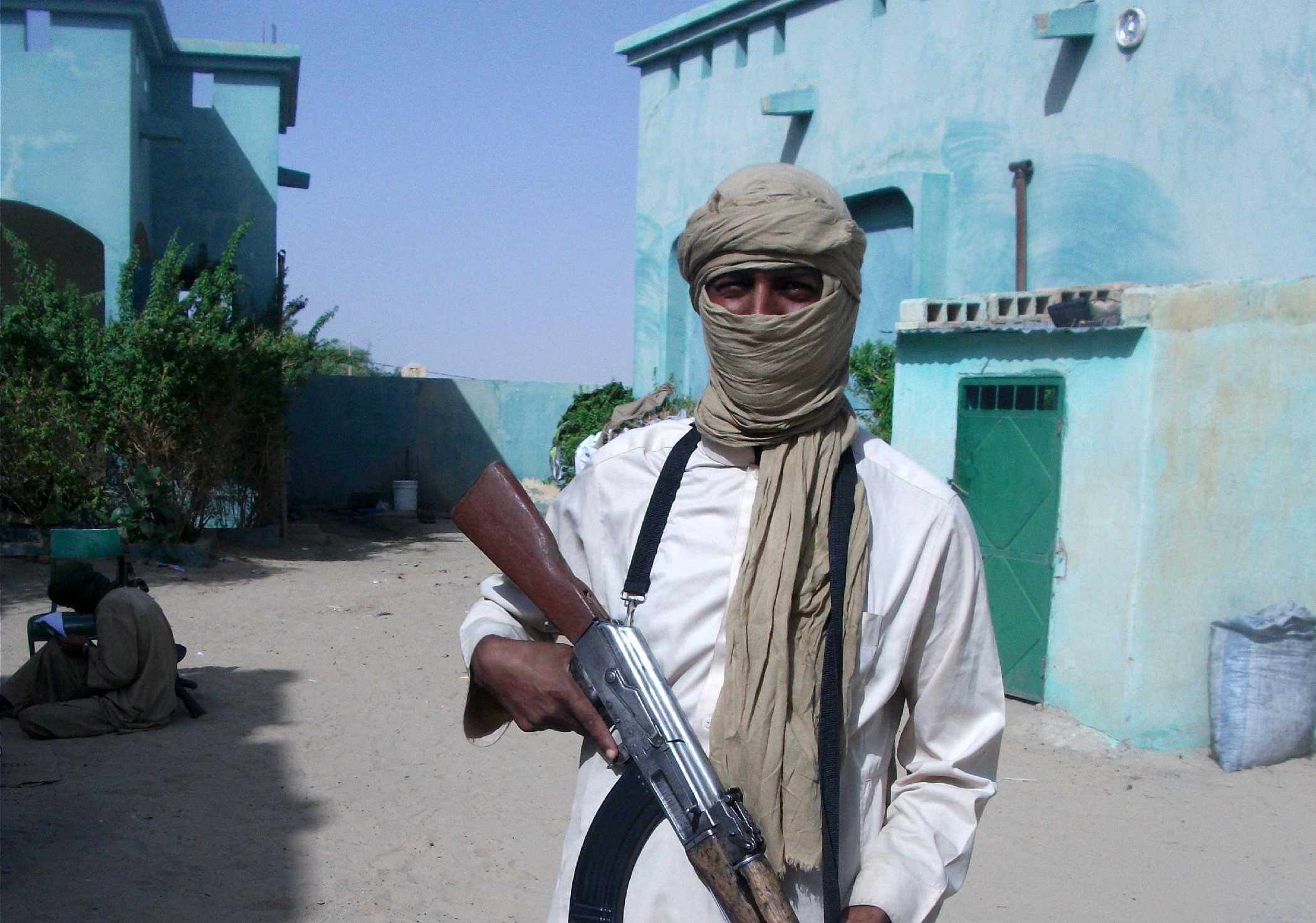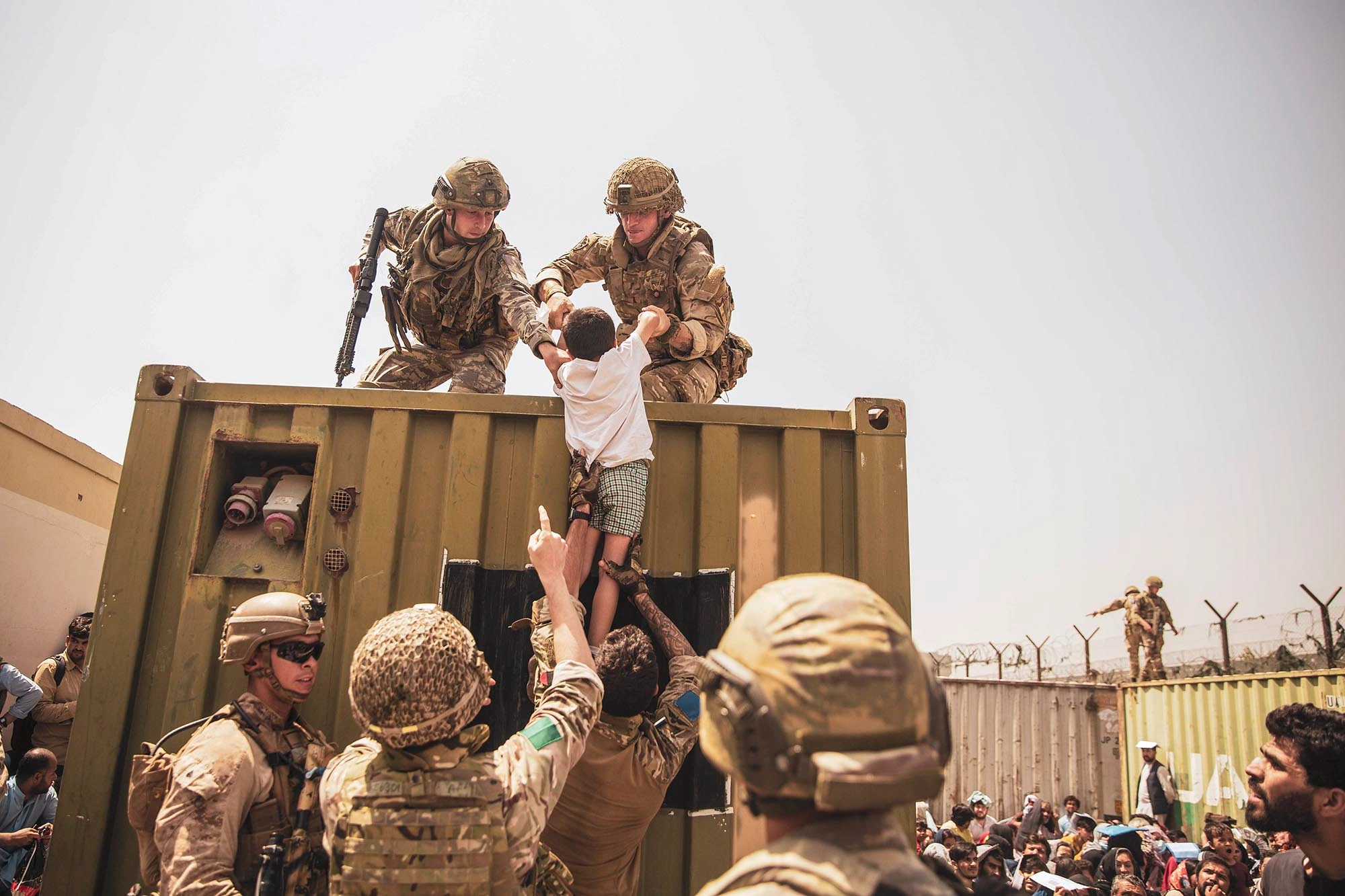Ideally, ethics of withdrawal include leaving the invaded or occupied country in a better shape than before. Making sure that the security mechanism is working, and that the rehabilitation work is satisfactory. The government machinery is operational and adequately functional. The economy is recovered and there is peace to survive and sustain daily life besides the rebuilding of the overall infrastructure of the war-torn country.
However, on the contrary, due to the failure of United States in Afghanistan, the country is facing a huge turmoil at the moment, the economy is in ruins, development and overall infrastructure is insufficient, a deep sense of fear and apprehension prevails in the masses, and the society is far from peaceful and stable with many covert and overt threats and vulnerabilities.
Failure of United States in Afghanistan
A state is bound to certain moral and ethical obligations when it decides to fight a war in someone else’s country. There are certain ethics of withdrawing from a country one has waged war in; just like there are some defined laws on the overall conduct and manifestation of war.
Operation Enduring Freedom
The purpose of ‘Operation Enduring Freedom’ launched in 2001 was to defeat the terrorists and their safe havens in Afghanistan. It also aimed to liberate the Afghan people from the Taliban’s stronghold. After two decades of fighting, the “good war” shifted into the “never-ending war’ that finally turned into a ‘failed war’. Despite all this, neither are the Afghan people liberated nor is the internal security good enough for the smooth functioning of a country.
As the withdrawal of US and Allies is fast approaching, so is the uncertainty pertaining to the future of Afghanistan. Though, the US withdrawal is part of an agreement, signed between the US and the Taliban last year, to end the war. Even after two decades of intervention, the country is far from being stable and peaceful. Increasing attacks both on civilians and security forces present and forecast a bleak future. As per several polls and opinions, the US and Allies have miserably failed in Afghanistan.
Assessing the present situation related to security and stability predicts an extremely unstable and volatile state.
There is a systematic rise in the bomb blasts in Afghanistan, and growing fears over the increasingly uncertain security environment, which led Australia to close its embassy in Afghanistan in May this year. These kinds of moves are a verdict of how fragile the security environment is.
Resumption of Activities by Terrorist Groups
Situations that are extremely worrisome, include the resumption of activities by extremist groups, the probability of ISIS functional operations in Afghanistan. It also includes the looming threat of terrorism. The US, and Allies came to Afghanistan to uproot terrorism and dismantle the terrorist network. However, in reality, there seems to be a spread of such groups that are causing havoc in the region. Even after years, the Taliban which stood against the US/NATO troops has surfaced as a strong force, controlling many parts of the country. Besides, many terrorists and splinter groups are operating in Afghanistan, which will not be a part of any peace deal or negotiations. Among them, Islamic State – Khorasan Province (ISKP) is the most important faction.
ISKP emerged in 2014 in Afghanistan, and so far, it is responsible for a few of the deadliest attacks in recent times. Though they have been targeted by both the Afghans and the coalition forces, they are not dismantled.
Taliban being the contender for the government will give a huge space for ISKP to emerge as the sole terrorist group in the region, with its operational footprints in Pakistan’s Khyber Pakhtunkhwa and Balochistan provinces as well.
A lot of splinter groups that have been time and again crushed by security forces both in Afghanistan and Pakistan, may pledge allegiance to ISKP. This will be a threat to peace and stability in both the countries, as well as the region.
Also Read: The US Withdrawal from Afghanistan
ISKP After US Withdrawal
One aspect that is very important to consider is that the Afghan Taliban have a nationalistic agenda, limited to the Afghan people and Afghanistan. However, on the other hand, ISKP has global aims and ideology, endorsed with the use of unrestricted and undifferentiated violence. ISKP has a large-scale outreach, recruiting fighters from all over the world, including South Asia, Central Asia and Europe.
After US/Allies withdrawal, the emerging situation may become fertile for the ISKP to get fully functional and operational, and even thrashing Taliban to continue with their motives. Currently, the threat comes from the ISKP because the Taliban and the Government will be adhering to some power-sharing formula. Whereas this group will be interested in taking power creating chaos and spreading fear. Territorial gains will empower ISKP; it will be challenging for the Taliban but will also be a motivating factor for fighters to join the terrorist group. A long-term counterterrorism strategy with local, regional and international partners is desired to dismantle ISKP before it nourishes its roots.
After the complete withdrawal, there are triggers that can provide the basis for civil war and extreme security fiasco, resulting in an upheaval in Afghanistan, and the region. The decline in internal stability and security can lead to an outpour of refugees from Afghanistan into the neighboring countries. Despite two decades of foreign support, Afghan Security Services and the elected Government in Kabul remained extremely fragile and there are fears that the Afghan security mechanism will collapse without a full-scale US backing, and it is something US/Allies should feel embarrassed about. 20 years of international military presence and extensive assistance programs could not guarantee a stable and peaceful Afghanistan, what exactly went wrong?
Ethnic Divide, Complex Security and Political Dynamics
First, a deep ethnic divide and lack of harmony among Afghan National Forces is something that is worrisome from the start. Different ethnicities have different affiliates and supporters, both locally and regionally. Subsequently, the ‘green on blue attacks hindered the military operations of the US/NATO forces in Afghanistan. These attacks which are over a hundred and accounts for a number of deaths and many injured undermined the whole concept of handing over the security mechanism and training of the Afghan National Security Forces.
Whenever allies turn their guns to each other, it is from the lack of mutual trust between the local and occupational forces. With time, these attacks have an extremely devastating effect on the overall productivity of the Joint Military Operations and exercises in Afghanistan. The highest insider attacks were recorded before 2014, and most of them were grievance-based insider attacks. After that, there was a decline in overall aggression from within the allies. The highest recorded insider attacks occurred before 2014.
Security Dynamics and Failure of United States in Afghanistan
The complex security and political dynamics in Afghanistan are one of the most important factors as to why internal security is still weak. There are areas in which the Taliban has strongholds, and a few areas have ISKP influence. Besides, the warlords and drug-lords in Afghanistan have complete access to all the portable black-market supplies. Mostly the opium trade helps to finance their plans. The opium in the black market is easily forwarded to world markets in exchange for money and guns. Government and Security Forces seem very weak to control and manage all this; somehow, the long reign of US/Allies also could not control the beneficiaries of war.
Keeping all this in view, one cannot possibly ignore the foreign meddling in Afghanistan. All the regional countries, including Pakistan, India and Central Asian states have stakes and interests which they are pursuing in the region.
Pakistan has been time and again accused of meddling in Afghanistan and playing the double game. After fighting a war in its own territory for years and dismantling the Tehrik-i-Taliban Pakistan (TTP), Pakistan worked on the fencing of the porous Pak-Afghan border. This was crucial in managing the security and in-out of refugees. Presently, after facilitating the Peace Process between the Taliban and the US Government, Pakistan emerged as a strong supporter of peace and stability in Afghanistan. A peaceful Afghanistan means a stable and secure border with Pakistan. It also means a way forward to the successful repatriation of over a million Afghan refugees.
Iraq Invasion – A Diversion
Soon after the 2001 invasion in Afghanistan, United States went on invading Iraq 2003. It was a major war and a diversion from Afghanistan. The US Policymakers got intensely occupied in Iraq, both through force and propaganda, sidelining an already ongoing war in Afghanistan. It is one of the most important factors of the US failure in Afghanistan because the resources, finances and military were more focused on Iraq rather than on Afghanistan.
The war in Afghanistan got a major diversion that prolonged it up to two decades. The US Foreign Policy towards Afghanistan was flawed from the start of this war. Both the Bush and Obama administrations committed mistakes; without considering that the war has shifted to another dimension. Both administrations got opportunities to negotiate with the Taliban, which they snubbed. Due to all mentioned factors, US/NATO Forces failed to secure a reasonable working security mechanism in Afghanistan.
Post-Conflict and Recovery
States in a post-conflict situation need a lot of time to recover from an uninterrupted series of conflicts. If left unattended, they may never recover from conflicts, injustice and an unending cycle of crisis and war. Afghanistan has a history of warfare, invasions, civil wars and somehow, it was never a peaceful country. Now the localized conflict has been fast-growing into an internationalized one, due to the presence of terrorist groups. Taliban could not win the war, nor the coalition-backed Afghan Security Forces; the war is in a stalemate for years. Thousands of civilians and security forces personnel died in this war, with hundreds of reports of war crimes and abuse. Even after years of support and training from assistance forces, Afghan Security Forces had a hard time fighting an inferior force, both in numbers and resources.
In short, in nearly two decades, the world’s greatest military alliance could not form and train a force; that can survive on its own and which is capable enough to support and secure the system. It’s one of the abject failures of the US/NATO missions; that the Afghan Forces still lack basic skills and alien to their own country. Now a lot of responsibility lies on the US Policymakers, as to what is going to happen, once there is a complete drawdown of troops. After which, the Afghan Forces will be the sole Security Force to take over the country.
The views expressed in this article are the author’s own. They do not necessarily reflect the editorial policy of the South Asia Times.

